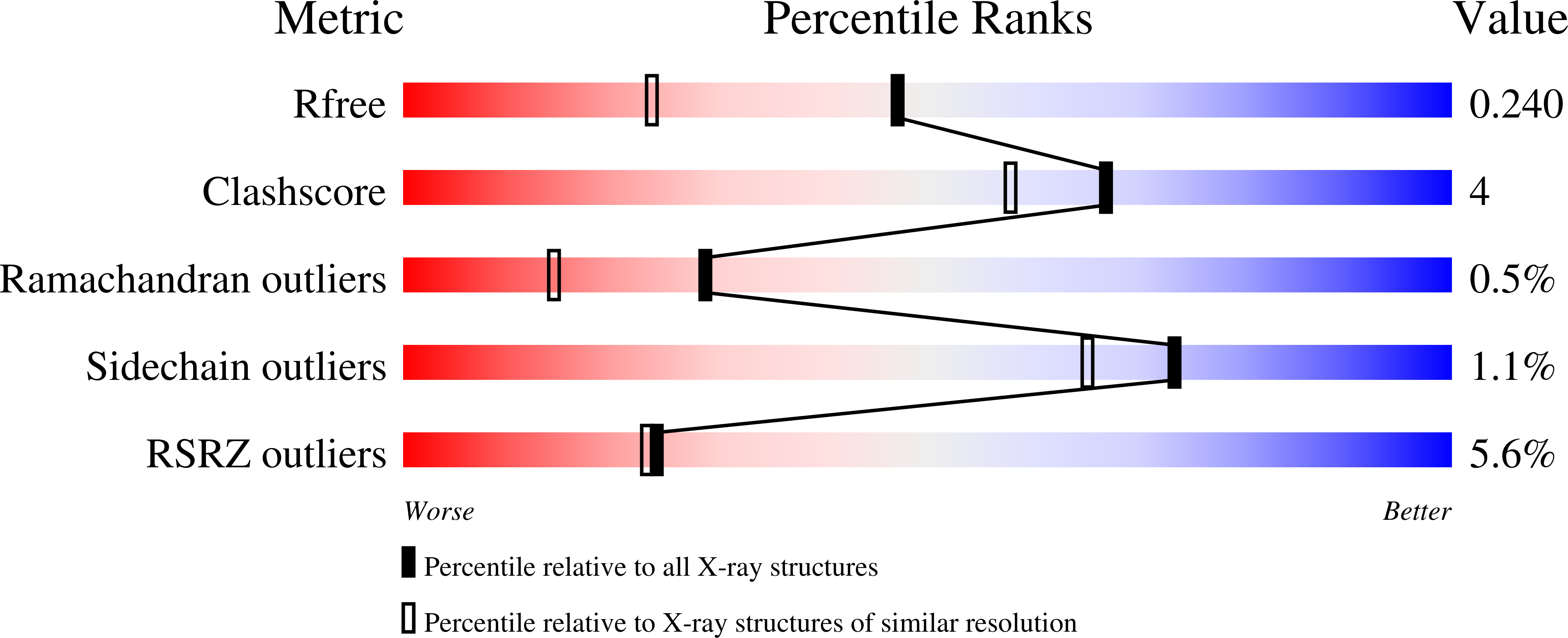
Deposition Date
2021-08-10
Release Date
2022-08-24
Last Version Date
2024-06-19
Entry Detail
PDB ID:
7PEG
Keywords:
Title:
Structure of the sporulation/germination protein YhcN from Bacillus subtilis
Biological Source:
Source Organism:
Bacillus subtilis (strain 168) (Taxon ID: 224308)
Host Organism:
Method Details:
Experimental Method:
Resolution:
1.77 Å
R-Value Free:
0.23
R-Value Work:
0.20
R-Value Observed:
0.20
Space Group:
P 21 21 21


